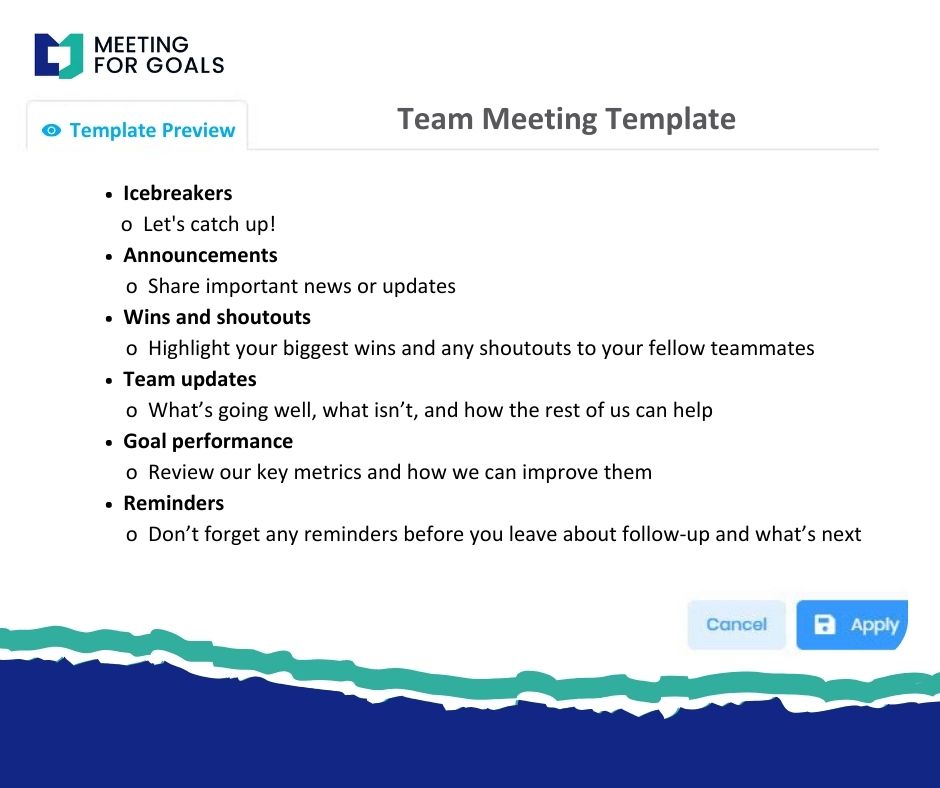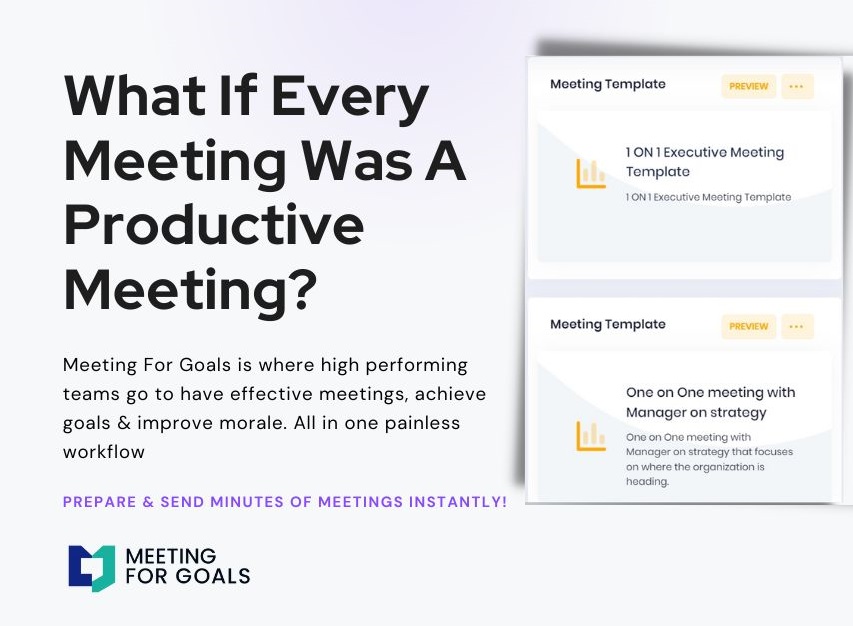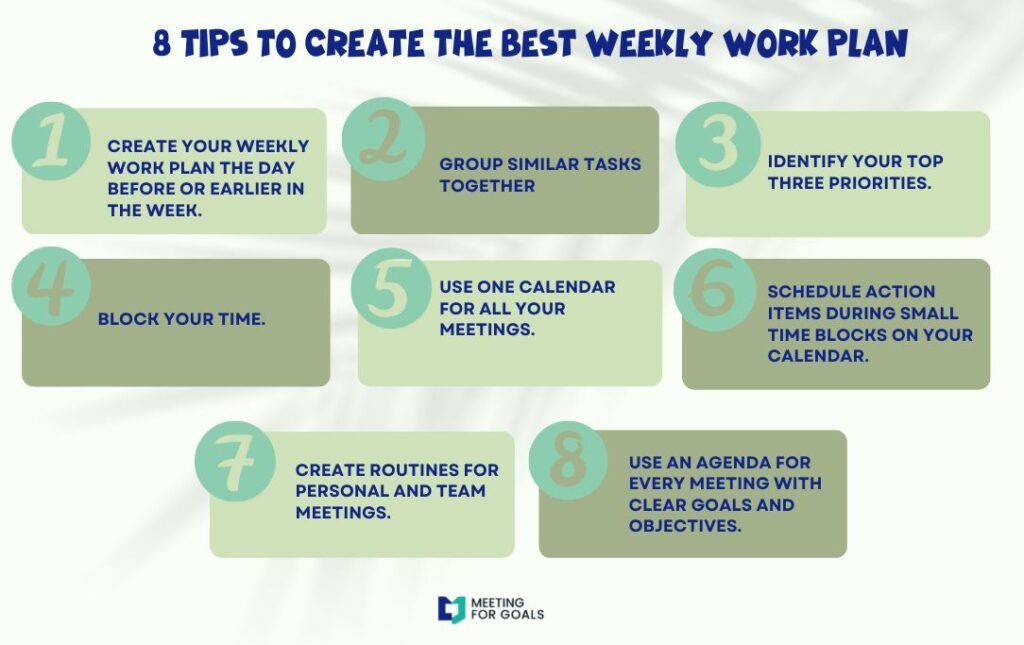The Power of Company Outings: Strengthening Teams Beyond the Office
Excerpt:
In today’s fast-paced work environment, company outings might seem like a fun extra. But the truth is, they’re far more than that. When used strategically, they can build stronger teams, boost morale, and even improve business outcomes. At Meeting For Goals, we believe in the power of connection—both in and out of the meeting room. In this article, we’ll explore how company outings, when paired with the right tools and mindset, can transform your team for the better.
I. Introduction
Company outings are more than just a break from work—they’re a powerful tool for building stronger teams. These off-site activities, whether a weekend retreat, a volunteer day, or a fun scavenger hunt, give employees a chance to connect outside the usual office setting.
For companies with **40–70 employees**, these events are especially impactful. Teams are big enough to benefit from organized bonding, yet small enough for everyone to make real connections.
With more companies shifting to hybrid or remote work, these shared in-person experiences are more important than ever. They help maintain strong interpersonal relationships and foster a sense of unity. Whether it’s breaking down silos between departments or simply giving people a chance to talk without a screen in between, outings can make a real difference.
At Meeting For Goals, we help teams run better meetings and hit their targets. But we also know that strong teams aren’t built in the boardroom alone. Our meeting management software helps align team goals, improve accountability, and boost morale—especially when paired with well-planned outings.
If you’re a Director, VP, or executive looking to improve team performance, this guide will show you how to use company outings as a strategic advantage. And with tools like Meeting For Goals, you can make sure every outing supports your long-term goals. Ready to take your team to the next level? Start by signing up at Meeting For Goals.
2 Minute Video
Watch a 2 minute demo of our meeting management software in action
II. Benefits of Company Outings
Company outings offer more than just a fun day out. When planned with intention, they can deliver real benefits that improve how your team works together.
A. Improved Team Dynamics
One of the biggest benefits of company outings is how they improve team dynamics. When people step out of the office, they let their guard down. This creates space for honest conversations, shared laughs, and stronger relationships.
Take something as simple as a hiking trip. As team members walk and talk, they naturally open up. They solve problems together, communicate more freely, and build trust. These same skills carry over into the workplace, making collaboration smoother and more effective.
Outings also help break down barriers between departments. People who rarely interact at work can bond during a group activity. This cross-functional connection often leads to new ideas and better workflows back in the office.
According to **Harvard Business Review**, teams that foster strong social connections are more productive and resilient. That’s why these outings aren’t just fun—they’re essential.
B. Boosted Morale and Motivation
Feeling valued is one of the top drivers of employee engagement. Company outings show your team that you care about them—not just as workers, but as people.
- Whether it’s a celebration for hitting a big milestone or a simple team lunch, these events boost morale.
- They make people feel appreciated, which in turn increases motivation and loyalty.
- Outings also act as a reward. When employees know their hard work is recognized, they’re more likely to stay engaged and go the extra mile.
- This helps with retention and creates a positive, high-performing culture.
- Inclusivity is another big plus. By offering different types of outings that cater to various interests and abilities, you show that everyone’s voice matters.
This sense of belonging can significantly improve your company’s employer brand and help attract top talent.
Want to plan your next outing with purpose? Check out our free meeting templates at Meeting For Goals.
C. Enhanced Creativity and Problem-Solving
Outings aren’t just good for morale—they’re great for the brain. When people are in a new environment, they think differently. This shift in perspective often sparks creativity and innovation.
Activities that require teamwork and quick thinking—like escape rooms or design challenges—help employees practice problem-solving in a relaxed, low-pressure setting. These skills translate directly to the workplace, where creative solutions are often needed under tight deadlines.
Even quieter activities, like art classes or writing workshops, can stimulate creative thinking. The key is to give your team space to explore new ideas and collaborate in fresh ways.
Adding an Agenda
How to add an agenda instantly on Meeting For Goals
III. Types of Company Outings
Not every outing will work for every team. The secret is choosing activities that align with your goals, culture, and people. Here are three categories to consider:
A. Outdoor Activities
Outdoor outings are classic for a reason. They get people moving, reduce stress, and encourage teamwork.
- Activities like zip-lining, hiking, or even a company picnic can energize your team.
- They also promote physical wellness, which can improve focus and reduce burnout.
- For example, a team relay race requires coordination and quick thinking—just like many work projects.
- These shared challenges build trust and improve communication.
- Outdoor activities provide a much-needed break from screen time. Studies show that time in nature boosts creativity and reduces stress.
This makes your team more effective when they return to work.
B. Creative Retreats
If your team leans toward innovation or storytelling, creative retreats are a great fit. Think painting workshops, improv classes, or even cooking competitions.
These activities encourage experimentation and help people express themselves in new ways. They also reveal hidden talents and foster appreciation for different strengths.
Creative retreats are especially helpful for teams in marketing, design, or product development. But even data-driven teams can benefit from thinking outside the box.
Encouraging play and creativity can improve problem-solving and lead to unexpected breakthroughs. Plus, it’s just plain fun.
C. Community Service Events
Volunteering as a team builds unity and a sense of purpose. Whether it’s organizing a food drive, cleaning up a park, or mentoring local students, giving back brings people together.
Community service outings align with your company’s values and show that you care about more than just profits. They also help employees feel proud of where they work.
According to **Deloitte**, 89% of employees believe companies that sponsor volunteer activities offer a better overall working environment. That’s a big win for your culture and your brand.
These events also teach empathy and humility—qualities that make teams more compassionate and collaborative.
Want to learn more about building inclusive, purpose-driven teams? This article from SHRM offers great insights on how community service boosts employee engagement: SHRM.
IV. Planning Effective Company Outings
A great outing doesn’t just happen—it takes planning, intention, and follow-through. Here’s how to do it right.
A. Setting Clear Objectives
Before you book a venue or send out invites, ask yourself: What’s the goal?
- Are you trying to improve communication? Celebrate a big win? Encourage cross-team collaboration?
- Once you know your goal, you can choose the right kind of outing.
- For example, if your goal is team alignment, a group problem-solving activity might be ideal.
Meeting For Goals can help you set these objectives and track their outcomes. Use our platform to define success before the outing even begins.
B. Budgeting and Logistics
Budget is always a factor, but it doesn’t have to limit your creativity. Start by deciding how much you can spend per person, then explore options that fit.
- Think about transportation, food, venue, and materials.
- Also consider accessibility and dietary needs.
- Timing matters too. Avoid peak work periods and give plenty of notice so everyone can participate.
Use Meeting For Goals to assign planning tasks, track progress, and keep everyone on the same page. This ensures a smooth experience from start to finish.
C. Gathering Employee Feedback
The best way to make outings meaningful? Ask your team what they want.
- Use surveys, polls, or suggestion boxes to gather input on preferred activities.
- This makes employees feel heard and increases participation.
- After the outing, collect feedback again. What did people enjoy? What could be better?
Meeting For Goals makes it easy to gather and analyze this data. Use it to improve future outings and show your team that their opinions matter.
V. Integrating Company Outings with Meeting Goals
To get the most out of your outings, connect them with your team’s ongoing goals.
A. Utilizing Meeting For Goals Software for Pre/Post-Outing Meetings
Before the outing, use Meeting For Goals to set clear expectations. For example, if your goal is to improve collaboration, let the team know what behaviors to focus on.
After the outing, schedule a debrief meeting. Talk about what went well, what was learned, and how the team can apply those lessons at work.
Our platform offers templates, reminders, and accountability tools to make this easy. Use them to turn fun events into real growth opportunities.
B. Measuring the Success of Outings
How do you know if your outing was successful? By measuring the right things.
- Track key performance indicators like improved communication, better project collaboration, or reduced turnover.
- You can also use employee feedback to gauge morale and satisfaction.
Meeting For Goals helps you track these metrics over time. This way, you can see how outings contribute to long-term success and adjust your strategy as needed.
Want to explore more ways to align outings with your team’s goals? Visit Meeting For Goals for tools and tips.
VI. Conclusion
Company outings aren’t just a perk—they’re a powerful way to build stronger, more connected teams.
From boosting morale and improving communication to sparking creativity and giving back, these events offer real value. And when you plan them with intention and integrate them into your broader strategy, their impact lasts long after the day is over.
At Meeting For Goals, we’re here to help you make every outing count. Our platform helps you set objectives, plan effectively, and track success—so your team grows stronger with every experience.
Ready to take the next step? Sign up today at Meeting For Goals and start building the high-performing team your company deserves.
And don’t forget to explore our free meeting templates to make your planning process even easier: Meeting For Goals.
For more resources and inspiration, visit Meeting For Goals and discover how we’re helping teams like yours work smarter, connect deeper, and achieve more.



